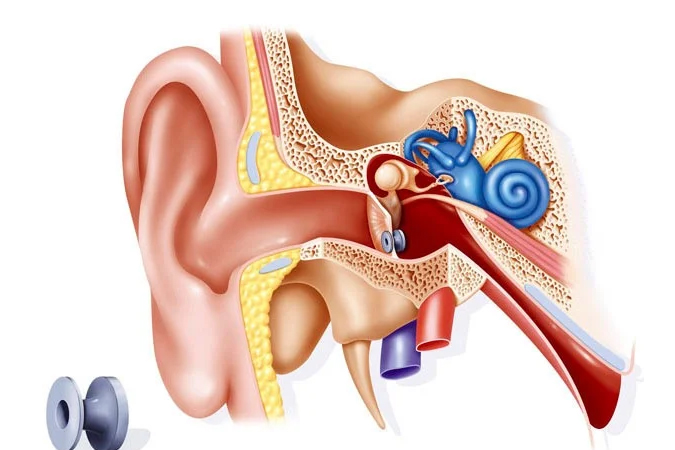
Myringoplasty
Myringoplasty is a surgical procedure used to repair a perforated eardrum. During the procedure, the surgeon typically grafts a small piece of tissue onto the hole in the eardrum to promote healing and restore normal function. This can help improve hearing and prevent infections in the middle ear. Myringoplasty is often performed under general anesthesia and can be done on an outpatient basis in many cases. After the procedure, patients usually need to take precautions to protect their ears from water and other irritants while the eardrum heals.
